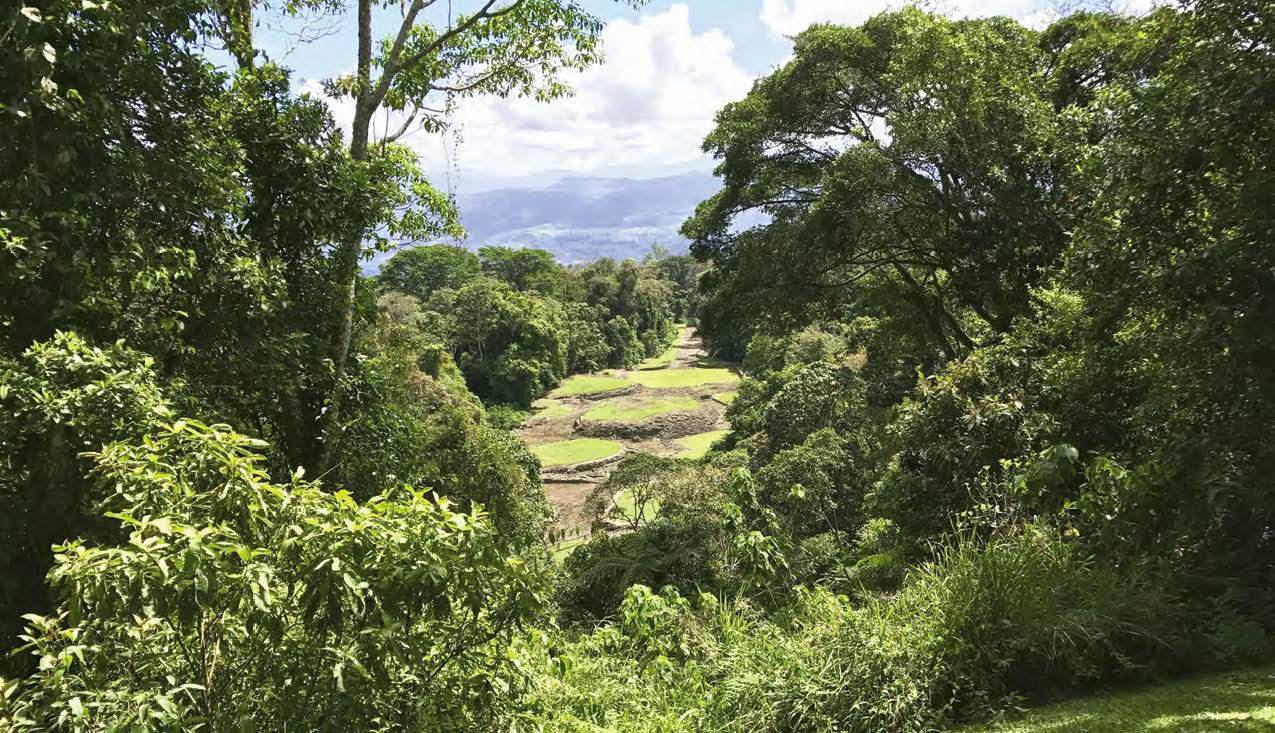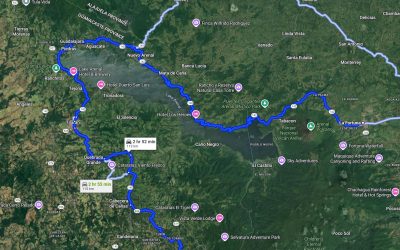Guayabo’s Stone Secrets: Costa Rica’s Ancient City That Still Works
Costa Rica thrills travellers with rainforest adventures, living culture, nightly entertainment, hard-to-believe wildlife encounters, hot real-estate conversations, a nimble business scene, and food that swings from market-fresh casados to chef-driven tasting menus. Tucked into this riches-to-ridges mix is a place that binds them all with deep time: Guayabo National Monument — a pre-Columbian city whose aqueducts still run, whose roads still lead somewhere, and whose people, intriguingly, left no name behind.
What is Guayabo National Monument — and why does it matter?
Guayabo is Costa Rica’s largest archaeological site, an ancient chiefdom centre occupied from roughly 1000 BCE to 1400 CE, celebrated for engineering that still functions today.
-
Living infrastructure: Stone aqueducts and water tanks that continue to channel and hold water.
-
Urban planning: Elevated stone mounds (for great conical homes), cobblestone roads, checkpoints, and a ceremonial axis.
-
Art & memory: Petroglyphs of animals and symbols, tombs of high-status individuals, and carefully aligned causeways.
-
Global recognition: Named an International Historic Civil Engineering Landmark (2009) for its hydrological and civic works.
Who built Guayabo — and where did they go?
An advanced, unnamed civilisation built Guayabo, ruled by a cacique (chief) and advised by a shaman; they vanished a century before the Spanish arrived.
-
Political-spiritual hub: Archaeology points to a cacicazgo (chiefdom capital) coordinating nearby villages within a ~15 km radius.
-
Power made visible: Broad, shallow steps on the main approach force your gaze upward — a subtle piece of theatre honouring authority and the sacred.
-
The disappearance: No written language survives; climate shifts, disease, trade realignments, or internal tensions are possible factors, but the truth remains elusive.
How did the city work?
Guayabo blended engineering with ecology, using gravity, stone, and topography to manage water, movement, and ceremony.
-
Hydraulic genius: Interlinked aqueducts, stone-lined channels, and cisterns moderated flow year-round.
-
Traffic & ritual: A grand causeway (Calzada Caragra) once ran 4–5 km; a 100-metre section is reconstructed so you can feel the cadence underfoot.
-
Domestic design: Large, conical wood-and-thatch houses sat on circular stone platforms, insulated from damp and pests and lifted into the social eye.
-
Security & order: Twin rectangular “checkpoints” controlled entry to the ceremonial core — think of them as ancient customs, both practical and symbolic.
What will I actually see on a visit?
You’ll walk shaded forest trails to mounds, roads, carvings, and waterworks — with birdsong as your soundtrack.
-
Stone mounds & plazas: Foundations that sketch the city’s footprint, perfect for visualising conical roofs against the cloudforest.
-
The Calzada Caragra: The restored segment shows how stone fit, drained, and endured.
-
Petroglyphs & tombs: Look for spirals, animals, and status graves — a quiet gallery in the green.
-
Working water: In rainy months, channels still murmur — the site literally explains itself in motion.
Is Guayabo just ruins — or a full-day adventure?
It’s both: an easy day trip with layers for hikers, photographers, families, history buffs, and birders.
-
Walking time: 1.5–3 hours on gentle trails with interpretive signage.
-
Nature perks: Expect toucans, motmots, butterflies, and lush epiphytes; bring binoculars.
-
Family-friendly: Wide paths, immersive storytelling, and a tangible sense of discovery.
-
Pairings: Combine with Turrialba cheese tasting, Irazú viewpoints, or a coffee finca lunch.
How do I get there and make the most of it?
Drive east from San José toward Turrialba and follow signs to Monumento Nacional Guayabo; the final section can be steep and rough.
-
Hours: Typically 08:00–15:30 daily (arrive by late morning for best light; check current times locally).
-
Road tips: A high-clearance/4×4 is helpful in the wet season; go slow on gravel grades.
-
Guides: Hiring a local guide unlocks iconography, dates, and hidden features you might walk past.
-
Essentials: Water, hat, light rain jacket, insect repellent, and sturdy shoes — stones get slick after showers.
What does Guayabo tell us about Costa Rica today?
Guayabo reframes Costa Rica as a land of makers as much as nature-lovers, a place where engineering, ritual, and ecology have always interlaced.
-
Culture & entertainment: Story-rich trails make history feel alive, not lectured.
-
Wildlife: Ancient stone meets modern biodiversity — the forest has reclaimed the city without erasing it.
-
Business & real estate: The site anchors heritage tourism and community livelihoods; conservation can be an economic engine.
-
Food: Post-walk, regional staples (fresh cheeses, tortillas palmeadas, gallo pinto) add flavour to your timeline.
What should I look for like a pro?
Read the stones like sentences — their shapes and placements are deliberate.
-
Step geometry: Note broad, low risers; they choreograph a dignified, eyes-up ascent.
-
Drainage details: Tiny gullies and stone lips that whisk water off the road — elegant and effective.
-
Platform edges: The neat ring of stones marks domestic boundaries and social status.
-
Road camber: Slight crowns shed water, proving maintenance was continuous, not occasional.
FAQs
Is Guayabo suitable for kids and older visitors?
Yes. Trails are graded and well-marked; take your time and bring water.
Can I visit in the rain?
Absolutely — showers dramatise the aqueducts. Wear grippy shoes and a light waterproof.
Are drones allowed?
Rules change; check on arrival. Even when permitted, fly respectfully and avoid wildlife.
Is there signage in English?
Yes, but a local guide adds context and stories you won’t get from plaques.
What else is nearby?
Turrialba town, Irazú Volcano viewpoints, river adventures, and rural food stops are easy add-ons.
Why did the builders leave?
We don’t know. Theories span environment, disease, and politics; the mystery is part of the magic.
Stand on Guayabo’s causeway and you feel a city breathe: water whispering through stone, steps tuned to ceremony, forest pressing close like a crowd. In a country synonymous with adventures, culture, entertainment, wildlife, savvy business, coveted property, and radiant food, Guayabo is the quiet chapter that makes the whole book richer — proof that Costa Rica has been designing with nature for millennia.






